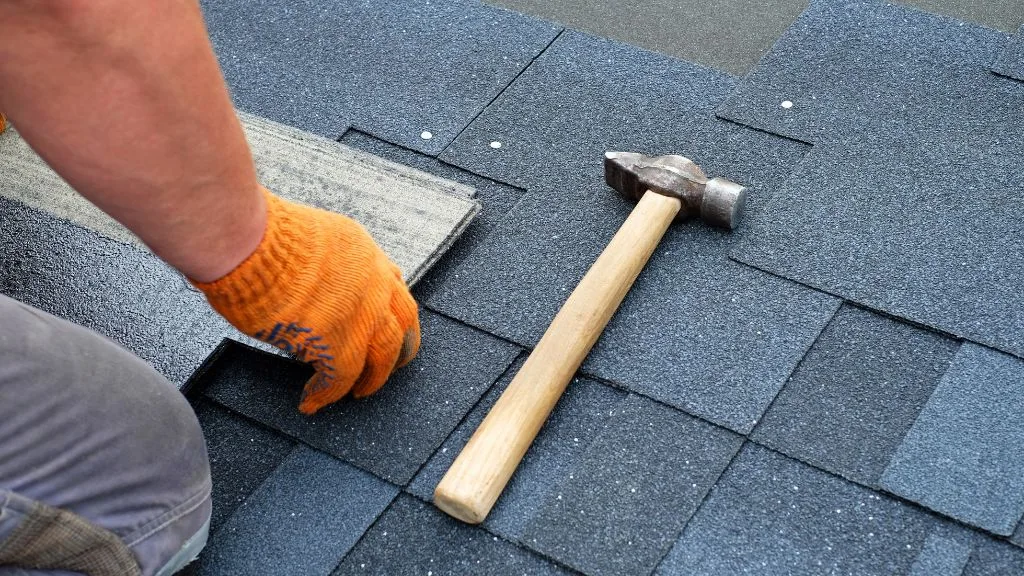
Whether you’re building a new home or renovating an existing one, the cost of a new roof is an important factor to consider.
If your home measures 900 square feet or less, you might be wondering what to expect in terms of pricing and what factors will impact the overall cost.
In this article, we’ll explore the various factors that can affect the cost of a new 900 sq ft roof and provide you with tips on what to consider when selecting materials and a contractor.
By understanding the costs and benefits of different roofing options, you’ll be able to make an informed decision and ensure your new roof provides your home with the protection and curb appeal you desire.
Average Cost Of A New 900 Sq Ft Roof
When planning for a new roof, it’s crucial to consider the material type, as this will significantly impact the average cost. In this section, we will discuss various roofing materials and their associated costs for a 900 sq ft roof.
Asphalt Shingles
Asphalt shingles are a popular choice for roofing material, thanks to their affordability and durability. For standard 3-tab composition shingles, you can expect a cost of $3 to $5 per square foot, making the total cost for a 900 sq ft roof range between $2,700 and $4,500. Architectural shingles, a more durable option, can cost $4 to $6 per square foot, amounting to a total of $3,600 to $5,400 for a 900 sq ft roof.
Metal Roofing
Metal roofs offer greater longevity and are more expensive than asphalt shingles. Standing seam metal roofs cost about $10 per square foot, resulting in a total cost of $9,000 for a 900 sq ft roof. Corrugated metal and steel shingles may cost less, around $5 to $8 per square foot, leading to a total of $4,500 to $7,200.
Slate Roof
Slate is a luxurious and durable roofing material, making it a high-priced option. For a 900 sq ft roof, expect to pay around $15 to $25 per square foot, resulting in a total cost between $13,500 and $22,500.
Wood Shingles and Shakes
Wood shingles and shakes, commonly made of cedar, provide a natural and rustic look. These materials typically cost between $5 and $10 per square foot. For a 900 sq ft roof, this amounts to a total cost of $4,500 to $9,000.
Concrete Tiles
Concrete tiles are a durable and heavy roofing material, costing about $4 to $9 per square foot. For a 900 sq ft roof made of concrete tiles, you can expect a total cost between $3,600 and $8,100.
As you consider your options, be sure to take into account the climate, your budget, and desired aesthetics before finalizing the right roofing material for your home. Remember that installation and labor costs may vary, so factor those into your budget as well.
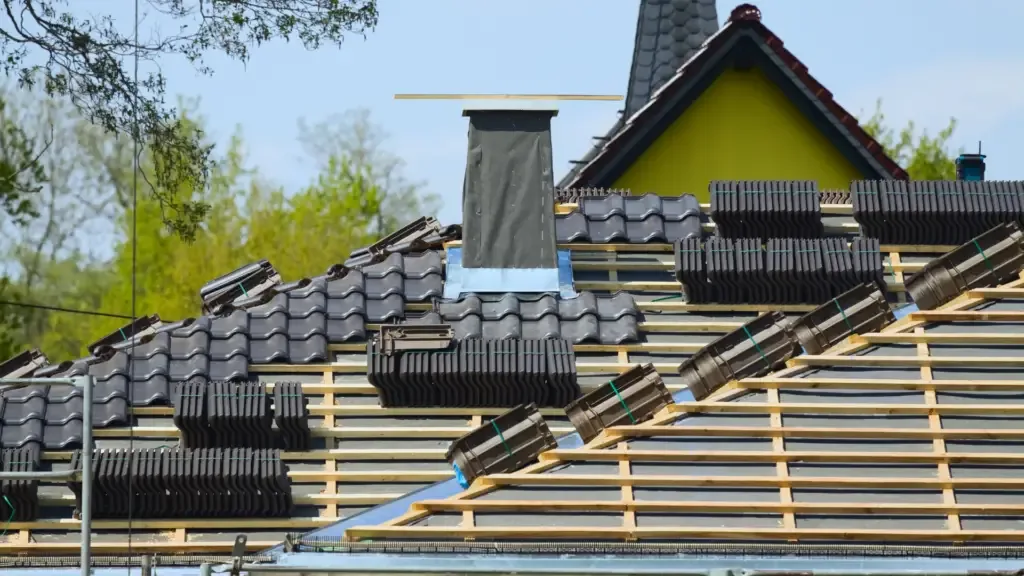
Factors Affecting Roofing Cost
Roof Size and Design
The cost of a new roof for your 900 sq ft home will depend on various factors, one of which is roof size and design. Larger roofs require more materials and labor, leading to higher costs. Keep in mind that complex roof designs, such as those with multiple levels and irregular shapes, may also increase the price.
Roofing Material
Your choice of roofing material will significantly impact the cost. Some common materials and their typical costs are:
- Asphalt shingles: $75 per square foot
- Metal roofing: $150-$400 per square
- Wood shakes: $200-$300 per square
- Slate: $800-$1,800 per square
Remember that each material has its pros and cons in terms of durability, aesthetics, and maintenance requirements.
Labor Costs
Labor costs vary depending on the complexity of the job and the expertise of the professionals you hire. This can range from $150 to $300 per square, and in some cases, even more. Be sure to consider the cost of both material installation and removal of your old roof.
Geographic Location
Your geographic location will also affect the cost of a new roof. Areas with a higher cost of living may have higher labor costs, and region-specific weather conditions might influence the choice of materials.
Accessibility and Complexity
The accessibility and complexity of your roof will also play a role in the overall cost. Homes with steep slopes, limited access, or other challenges may require specialized equipment and labor, resulting in higher costs.
Roof Pitch
The pitch of your roof is another factor to consider. Steeper roofs typically require more materials and labor, which can increase the cost. Additionally, some roofing materials are better suited for specific slopes, so it’s essential to choose a material compatible with your roof’s pitch.
By understanding these factors, you can make more informed decisions about the type and scope of your roofing project – ensuring a successful outcome that meets your budget and preferences.
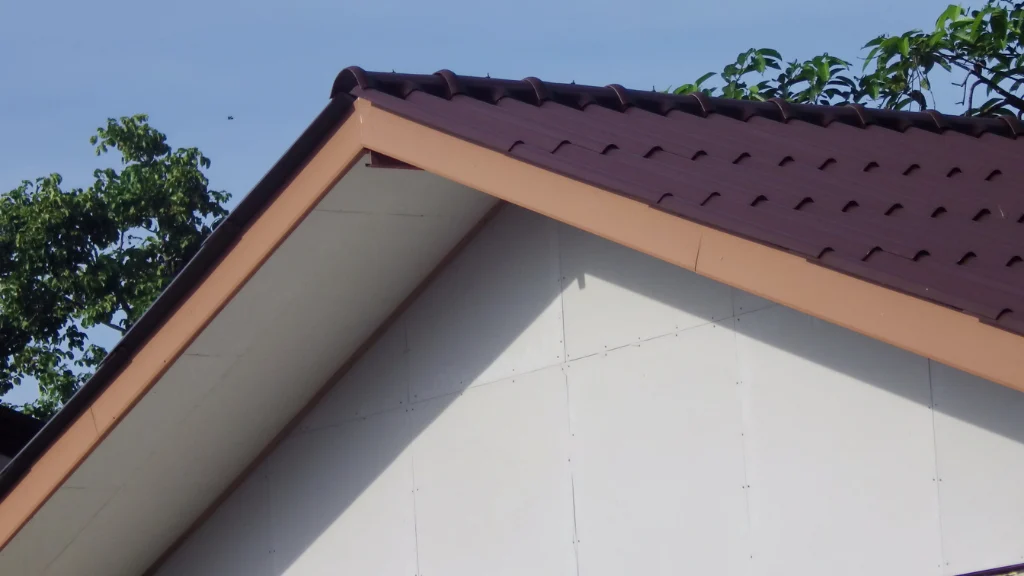
Choosing The Right Roofing Material
When selecting roofing materials for your 900 sq ft roof, there are several factors to consider. In this section, we will discuss durability and maintenance, energy efficiency, and appearance.
We will also briefly explore some popular roofing options, such as asphalt shingles, metal roofs, slate roofs, cedar shingles, concrete tiles, and clay tiles.
Durability And Maintenance
Depending on your chosen material, the lifespan and required maintenance of your roof can vary significantly:
- Asphalt shingles: These are an affordable option with an average lifespan of 15-30 years, requiring low maintenance.
- Metal roofs: Known for their durability, metal roofs can last up to 50 years or more with minimal maintenance.
- Slate roofs: Offering exceptional longevity, slate roofs can last over 100 years but may require periodic maintenance.
- Cedar shingles: Although they provide a natural, attractive look, cedar shingles demand more maintenance and have a lifespan of around 20-40 years.
- Concrete tiles: These tiles are quite durable, with a lifespan of 50 years or more, but may require occasional maintenance.
- Clay tiles: Similar to concrete tiles, clay tiles have a long lifespan of 50 years or more but may need some maintenance over time.
Energy Efficiency
Different roofing materials have varying levels of energy efficiency, which can impact your heating and cooling expenses:
- Asphalt shingles: These shingles have moderate energy efficiency but can be improved with specialized reflective granules to reduce heat absorption.
- Metal roofs: Energy-efficient by design, metal roofs reflect sunlight, reducing heat gain and helping lower cooling costs.
- Slate roofs: Slate has natural insulating properties that can contribute to energy efficiency.
- Cedar shingles: While they offer natural insulation, cedar shingles may have lower energy efficiency compared to other options.
- Concrete and clay tiles: Both these tiles provide good insulation, contributing to reduced heat transfer and energy efficiency.
Appearance
The appearance of your roof can significantly impact your home’s curb appeal. Consider the following when making your choice:
- Asphalt shingles: Available in various colors and styles, these shingles offer a versatile, classic appearance.
- Metal roofs: Metal roofs come in different styles, including corrugated metal or standing seam, and have a modern, sleek look.
- Slate roofs: Known for their elegant, timeless appearance, slate roofs suit traditional style homes.
- Cedar shingles: Providing a rustic, natural look, cedar shingles are an excellent choice for homes in wooded settings or with a traditional design.
- Concrete tiles: Available in multiple colors and styles, concrete tiles can mimic the look of clay tiles, slate, or wood shingles.
- Clay tiles: Often associated with Mediterranean or Spanish-style homes, clay tiles have a distinctive, classic appearance.
By considering these factors and evaluating the various roofing materials, you can make an informed choice for your new 900 sq ft roof.
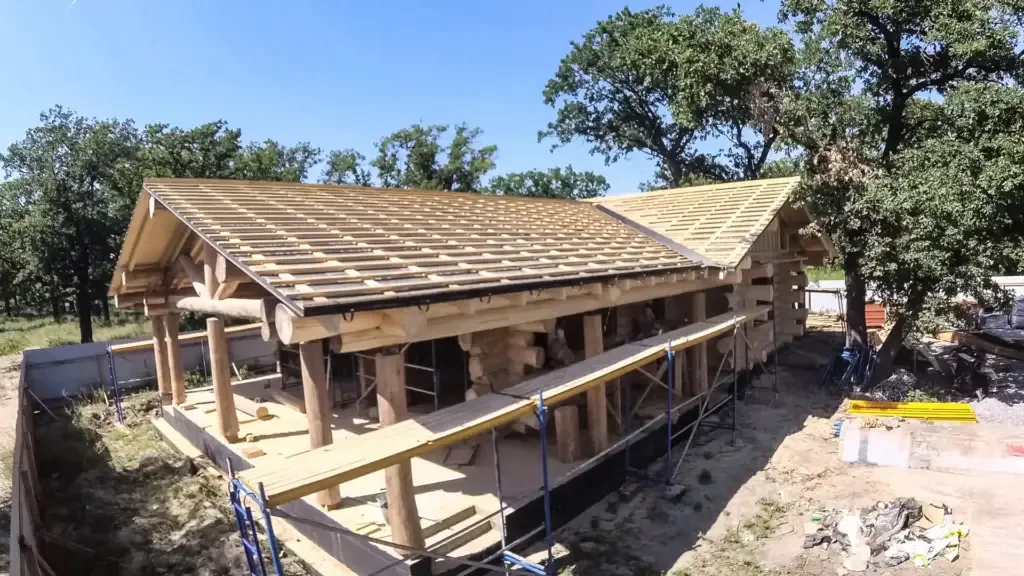
Additional Roof Features
Skylights
When considering a new 900 sq ft roof, it’s essential to think about additional features such as skylights. Skylights can add natural light, energy savings, and an enhanced aesthetic to your home.
However, installing skylights requires proper planning and execution, as improper installation could lead to water leaks and reduced energy efficiency.
To decide on the best skylight for your home, consider the following:
- Size: Choose a skylight that fits comfortably within your roofing structure without causing disruptions to the overall design.
- Placement: Position skylights in areas that receive optimal natural light, while also enhancing your home’s aesthetic.
- Glazing: Select the appropriate glazing for energy efficiency, such as double or triple glazing, and match the performance to your climate.
- Ventilation: Opt for ventilated skylights if you require added airflow in the room.
Keep in mind that skylight installation may increase labor costs, and warranties may not cover any issues arising from improper installation.
Flashing
Flashing is another critical aspect to address when installing a new roof, as it helps prevent water infiltration at joints and intersections between different roof components. The main types of flashing include:
- Step flashing: Used where the roof meets an adjacent wall, providing a seal against leakage.
- Valley flashing: Applied within the valleys formed when two roof slopes join, helping to divert water away from those intersections.
- Drip edge flashing: Installed along the edge of the roof to direct water away from siding or fascia and prevent damage.
- Pipe flashing: Seals around roof penetrations, such as vent pipes or chimneys, to guard against leaks.
To ensure the effectiveness of your roof’s flashing, consider the following:
- Opt for high-quality, durable materials like aluminum, copper, or galvanized steel.
- Work with an experienced roofing contractor to ensure proper installation and alignment.
- Regularly inspect and maintain flashing to address any potential problems promptly.
In summary, when planning for a new 900 sq ft roof, be sure to address additional features like skylights and flashing to maximize the lifespan and performance of your roofing investment.
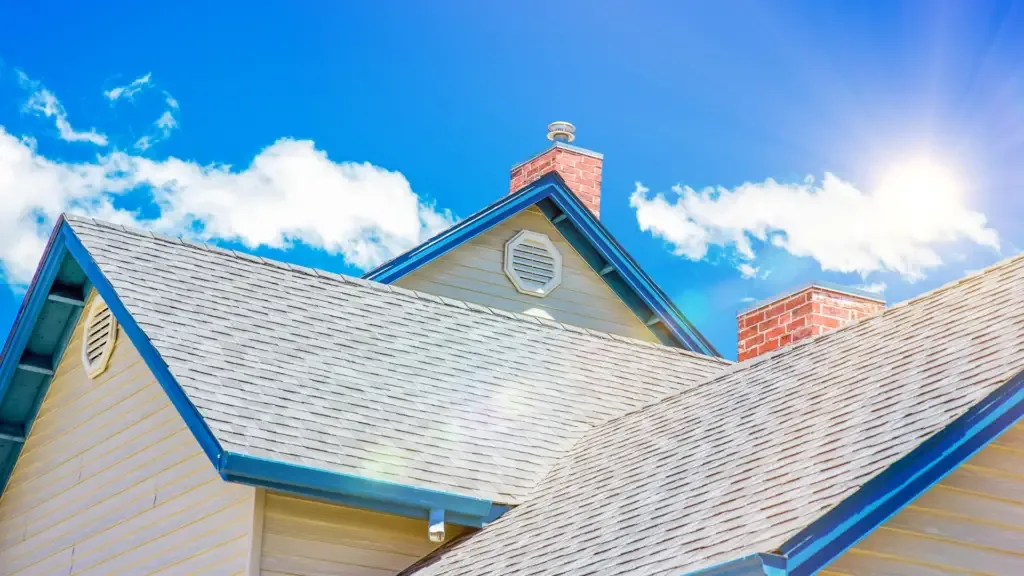
Considerations For Roof Replacement
Assessing The Structure
Before embarking on a roof replacement, it’s crucial to assess the current structure of your home. Determine if any structural repairs are necessary, as this may impact the type of roofing material you can use and its overall cost.
A proper assessment ensures that your new roof will be secure and long-lasting. Be sure to consider:
- The age and condition of your existing roof
- The load-bearing capacity of your home’s framework
- Evidence of water damage or leaks
- The slope and pitch of your roof
Dealing With Existing Damage
Addressing existing roof damage is an essential step in the roof replacement process. Water damage and other issues can compromise the structural integrity of your home, leading to more extensive repairs down the line. When dealing with existing damage, keep the following in mind:
- Identify and repair any water damage, leaks, or mold growth
- Check for damaged or deteriorated decking, rafters, or trusses
- Replace any damaged insulation or ventilation systems
- Ensure proper flashing and sealing around chimneys, vents, and skylights
Obtaining Necessary Permits
Before beginning your roof replacement, make sure you obtain the necessary permits from your local building department. This is an essential step to ensure your project adheres to local codes and regulations. Keep these points in mind as you secure permits:
- Research the specific building permit requirements for roof replacement in your area
- Submit a detailed plan of your roof replacement project, including materials and design
- Communicate with your roofing contractor about the permit process and any necessary inspections
- Be prepared for additional costs related to permits and inspections
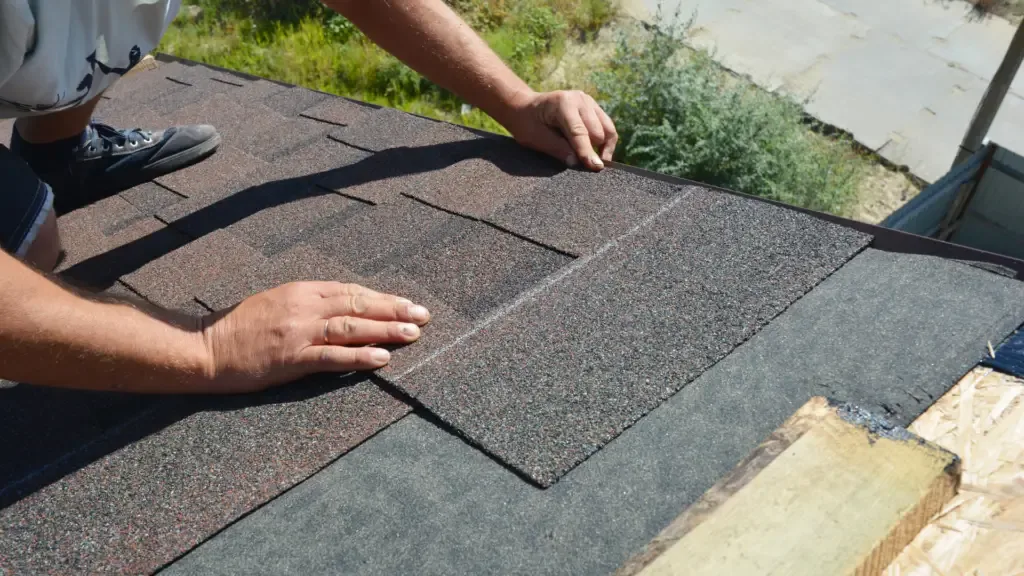
Selecting A Professional Roofer
Roofing Contractor Reputation
When choosing a professional roofer for your 900 sq ft roof project, it is crucial to research and assess the reputation of roofing contractors in your area. You can start by asking friends, family, or neighbors for recommendations.
Additionally, consider checking online reviews and ratings platforms such as Angi. Make sure to thoroughly read reviews and testimonials to understand the quality of work and customer satisfaction level provided by the roofing contractor.
Roof Warranty
It is important to inquire about the roof warranty options available to you. A roof warranty can cover materials, workmanship, or both. Make sure to understand the terms and conditions of your chosen roofing contractor’s warranty before making a decision. Some factors to consider include:
- The length of the warranty period
- The types of repairs or replacements covered
- Any exclusions or limitations
- The steps needed to file a warranty claim
Estimates And Quotes
Before selecting a roofing contractor, obtain multiple detailed estimates and quotes for your 900 sq ft roof project. This will help you compare the services, materials, and costs among various contractors. When comparing quotes, consider the following aspects:
| Aspect | Importance |
|---|---|
| Materials | Ensure that quality materials are being used |
| Labor | Ascertain that labor costs are reasonable |
| Timeline | Check that the project completion timeline is feasible for your needs |
| Experience | Assess the experience and skill of the contractor in handling projects similar to yours |
Remember to discuss any additional costs, such as permits or disposal fees, to avoid any unexpected expenses once the work begins.
By following these guidelines and due diligence, you will be better equipped to select the right professional roofer for your project.
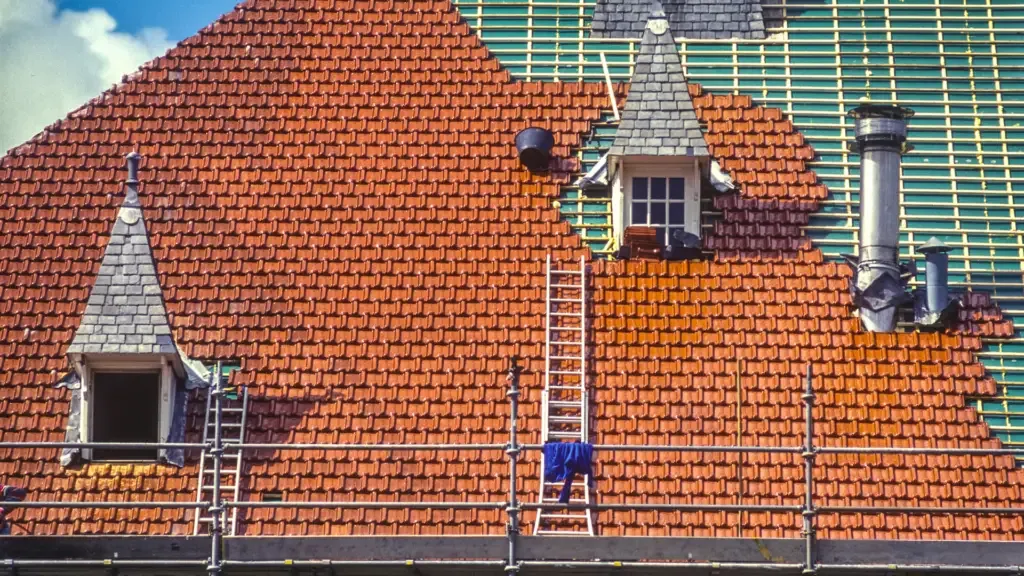
Conclusion
In the end, the cost of a new 900 sq ft roof depends on several factors, such as the material you choose and the complexity of the roof. Typically, asphalt shingle roofs are more affordable, with the total cost for a 900 sq ft home hovering around $6,750.
To make an informed decision:
- Get quotes from multiple contractors to compare their services and pricing.
- Consider the climate in your area, as some materials may be more suitable for specific weather conditions.
- Take insulation and energy efficiency into account, which can save on long-term heating and cooling costs.
While installing a new roof can be a significant investment, it also adds value to your home and ensures its structural integrity for years to come. Weigh the options carefully and choose the right materials and professionals to help you execute the project smoothly.
